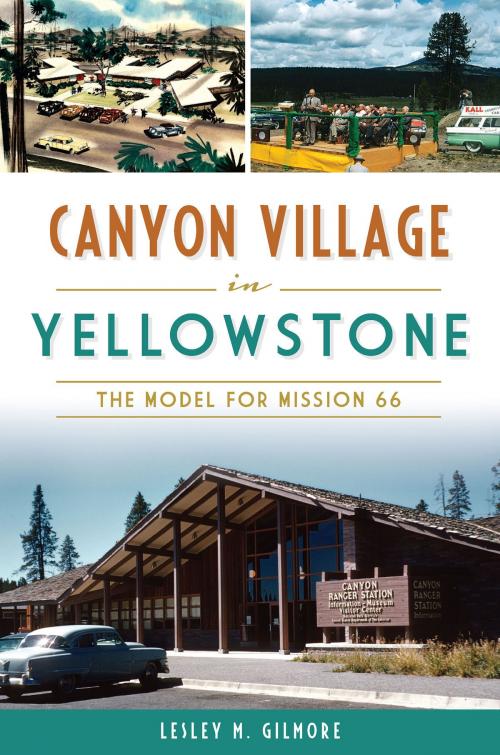Canyon Village in Yellowstone
The Model for Mission 66
Nonfiction, Travel, Pictorials, Art & Architecture, Photography, History, Americas, United States| Author: | Lesley M. Gilmore | ISBN: | 9781625857507 |
| Publisher: | Arcadia Publishing Inc. | Publication: | May 8, 2017 |
| Imprint: | The History Press | Language: | English |
| Author: | Lesley M. Gilmore |
| ISBN: | 9781625857507 |
| Publisher: | Arcadia Publishing Inc. |
| Publication: | May 8, 2017 |
| Imprint: | The History Press |
| Language: | English |
By 1955, the national parks were facing a crisis of dilapidation from heavy use and lack of funding. The answer was Mission 66. This visionary plan, implemented over the next decade, included installation of new facilities to accommodate the influx of visitors and enhance their experiences. The pilot development in Yellowstone, named Canyon Village, introduced a modern aesthetic to the parks and emphasized the concept of conservation. This man-made environment was purposefully sited away from the Grand Canyon of the Yellowstone, providing a natural buffer. Architect Lesley M. Gilmore presents the complexities of this historic, ambitious model for the movement that marked the continued evolution of the national parks into the destinations we flock to today.
By 1955, the national parks were facing a crisis of dilapidation from heavy use and lack of funding. The answer was Mission 66. This visionary plan, implemented over the next decade, included installation of new facilities to accommodate the influx of visitors and enhance their experiences. The pilot development in Yellowstone, named Canyon Village, introduced a modern aesthetic to the parks and emphasized the concept of conservation. This man-made environment was purposefully sited away from the Grand Canyon of the Yellowstone, providing a natural buffer. Architect Lesley M. Gilmore presents the complexities of this historic, ambitious model for the movement that marked the continued evolution of the national parks into the destinations we flock to today.















